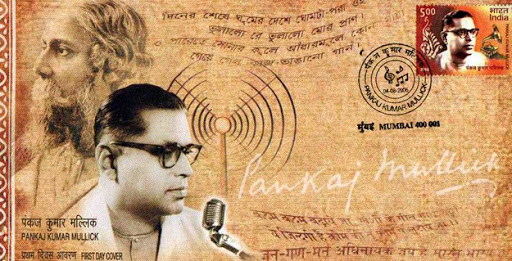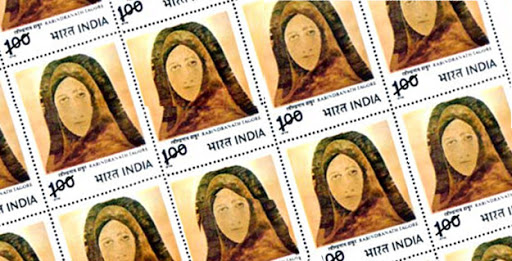Vellore Mutiny (May 10, 1806), outbreak against the British by South Indian troops, who broke into the fort at Vellore, where the sons of Tippu Sultan of Mysore had been lodged since their surrender at Seringapatam in 1799. The outbreak, though it was encouraged by the Mysore princes, was caused basically by resentment at changes in headgear and shaving style and the prohibition of ornaments and caste marks.
Little effort was made by the British to reassure the men or listen to their grievances, and about 130 British troops were killed before the fort was recovered, within hours, by a force under Colonel Robert Gillespie. The affair alarmed the British because of its connection with the Mysore princes, who were thereupon removed to Calcutta. William Bentinck, the governor of Madras, was recalled for what was really the negligence of the commander in chief.
The rebellion was also instigated by the sons of the defeated Tippu Sultan, imprisoned at the Vellore fort since 1799. One of Tipu Sultan's daughters was to be married on July 9 1806, and the plotters of the uprising gathered at the fort under the pretext of attending the wedding. Two hours after midnight, on July 10, the sepoys surrounded the fort and killed most of the British. The rebels seized control by dawn, and raised the flag of the Mysore Sultanate over the fort. Tipu's second son Fateh Hyder was declared King.
However, a British Officer escaped, and alerted the garrison in Arcot. Nine hours later, the British 19th Light Dragoons, led by Sir Rollo Gillespie, and the Madras Cavalry entered the fort through gates that had not been fully secured by the sepoys. Nearly 350 of the rebels were killed, and another 350 injured before the fighting had stopped. Some accounts have it that 800 rebels died.
After the incident the incarcerated royals were transferred to Calcutta. The Governor of Madras, William Bentinck, was recalled, and the controversial interference with social and religious customs of the sepoys was abolished, as was flogging.
The British East India Company had paid little heed to the grievances of the sepoys. However they learnt little from this incident, general resentment culminating in the Mutiny of 1857, when similar circumstances of ignoring native sentiments nearly cost them the whole of India.
It is also interesting to note that the mutineers in Vellore planned to bring back the sons of Tippu Sultan to power, just as the mutiny in 1857 attempted to restore Mughal rule by re-instating Bahadur Shah as Emperor of India.











0 comments:
Post a Comment